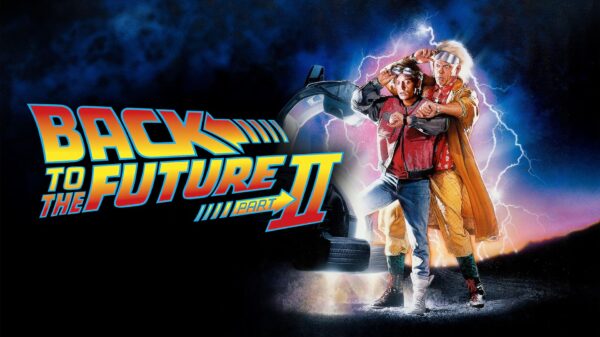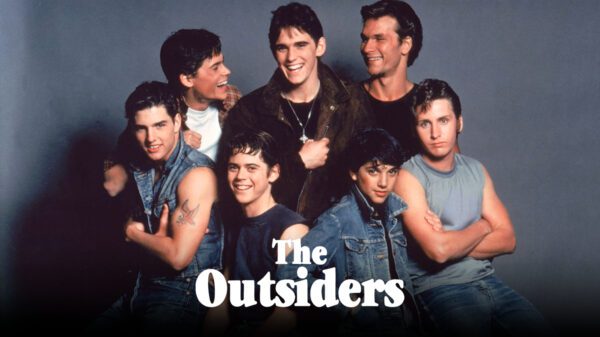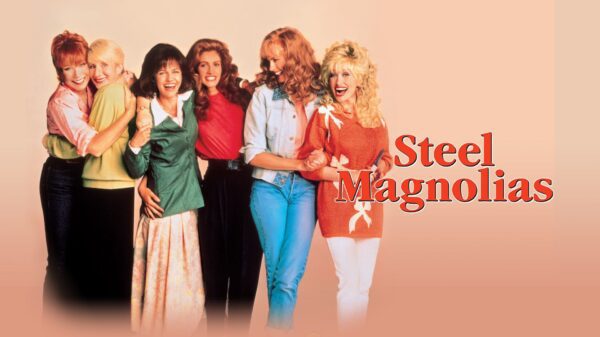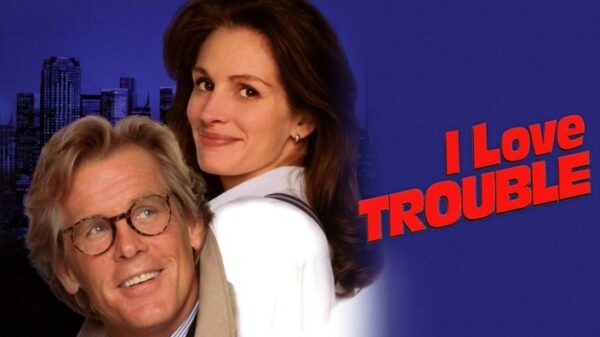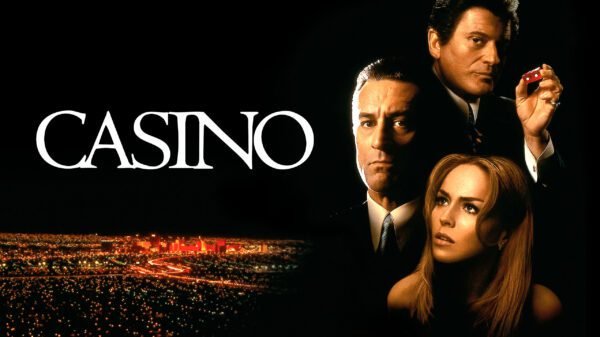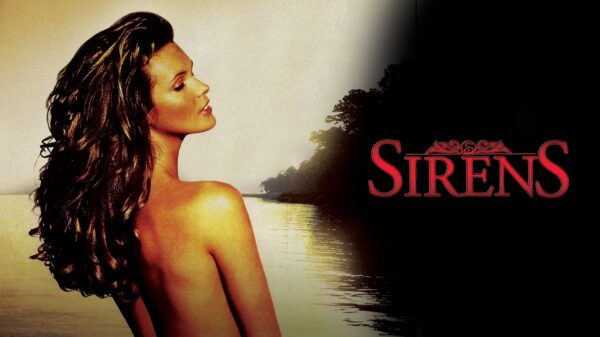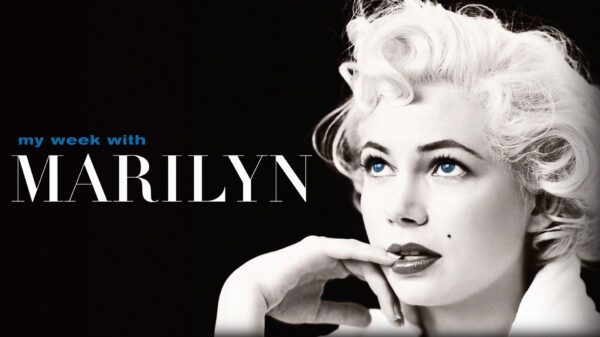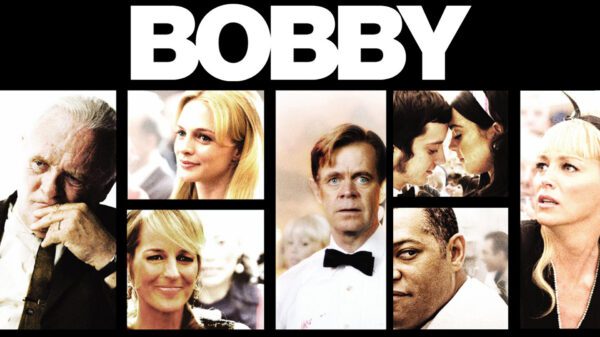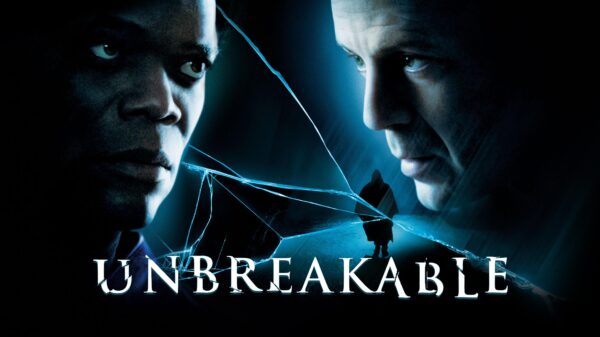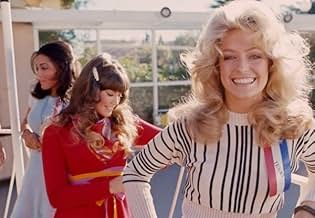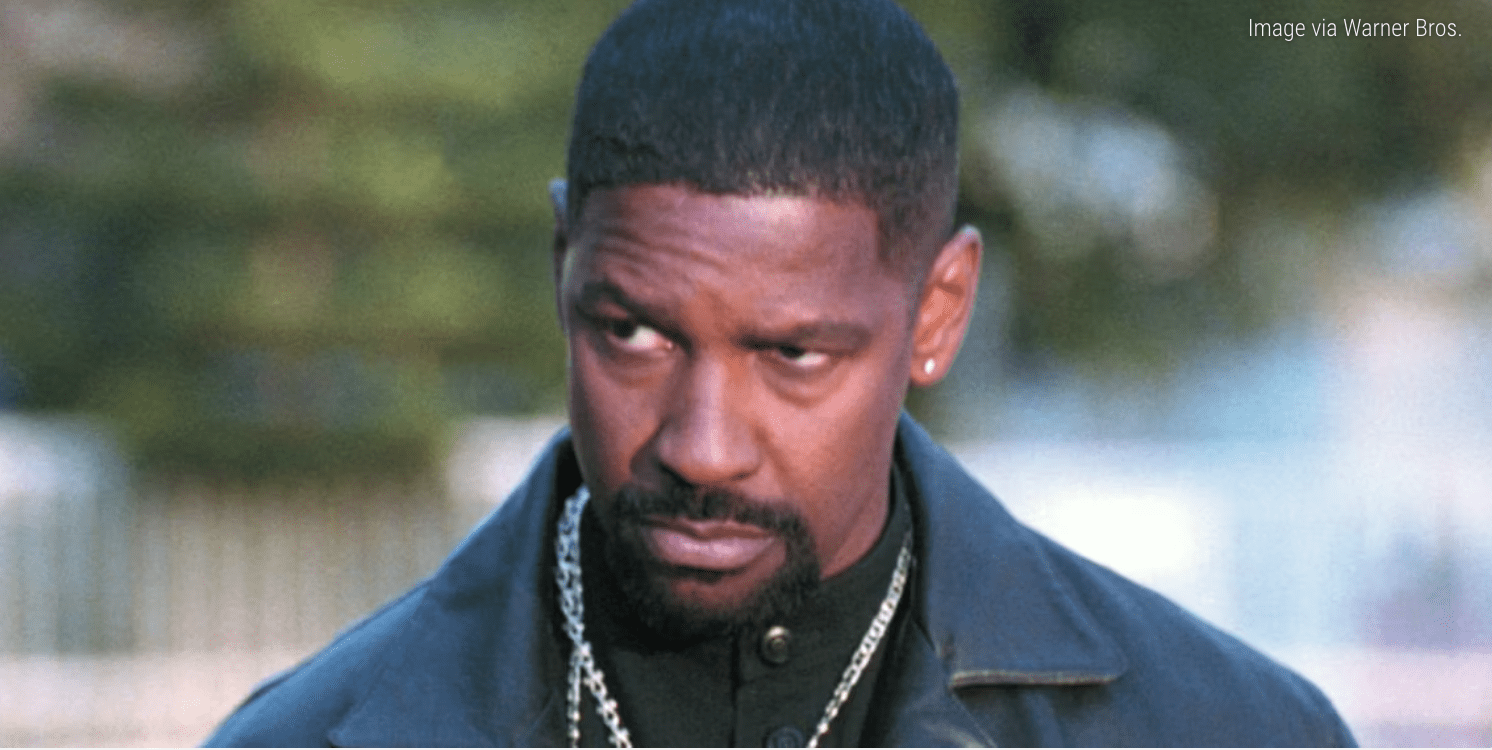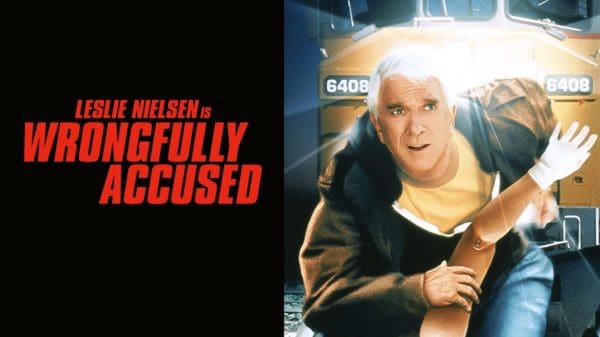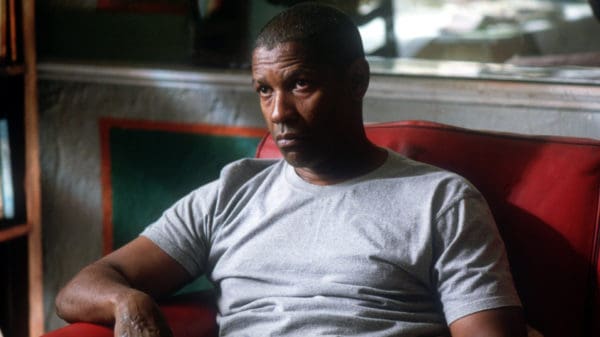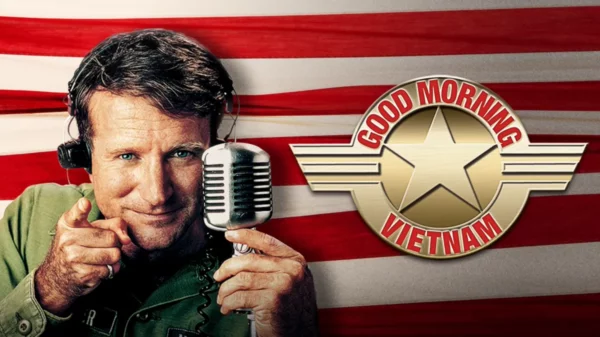Pale Rider, released on June 28, 1985, is a powerfully atmospheric and deeply resonant film that serves as both a homage to classic Westerns and a chilling meditation on justice, redemption, and the spectral nature of vengeance. The movie is a visually striking and emotionally potent addition to the genre.
The story unfolds in a remote California gold-mining camp during the 1850s, where independent prospectors are being terrorized by the ruthless mining baron LaHood (Richard Dysart) and his heavily armed gang. When the prospectors’ meager settlement is brutally attacked, a mysterious, unnamed Preacher (Clint Eastwood) rides into their camp.
With his quiet demeanor and a hidden past, the Preacher quickly becomes the unlikely protector of the downtrodden miners, including the earnest Hull Barret (Michael Moriarty), his spirited fiancée Sarah Wheeler (Carrie Snodgrass), and her impressionable daughter Megan (Sydney Penny), who harbors a crush on the enigmatic stranger. As the conflict escalates, the Preacher’s presence proves to be a powerful force against LaHood’s tyranny, leading to a climactic showdown where his legendary gunfighting skills are unveiled.
Eastwood delivers a classic, iconic performance as the Preacher. He embodies the archetypal Western hero with a stoic intensity and a powerful, almost supernatural, aura. His silence speaks volumes, and his actions are delivered with an unflinching resolve.
Moriarty is strong as Hull Barret, portraying a man trying to protect his family and his livelihood.
Carrie Snodgrass as Sarah and Sydney Penny as Megan provide crucial emotional depth, particularly Penny, whose innocent adoration for the Preacher adds a poignant layer.
Dysart is effectively menacing as the villainous LaHood.
Richard Kiel, known for his imposing stature, makes a memorable appearance as LaHood’s brutal enforcer, Club.
Christopher Penn as LaHood’s son, and John Russell as Marshal Stockburn, also contribute to the film’s gritty atmosphere.
Eastwood’s direction is masterful, infusing the film with a sense of myth and foreboding. He utilizes the stunning natural landscapes to great effect, making the rugged mountains a stark backdrop for the unfolding drama. The cinematography is beautiful, often bathed in a stark, almost sepia-toned light that evokes classic Westerns. The action sequences are sparse but impactful, delivered with a brutal efficiency that highlights the Preacher’s formidable skills.
Pale Rider‘s screenplay, by Michael Butler and Dennis Shryack, is lean and focused, building suspense through character interactions and the slow reveal of the Preacher’s true nature and intentions. The film’s themes of justice, retribution, and moral ambiguity resonate deeply.
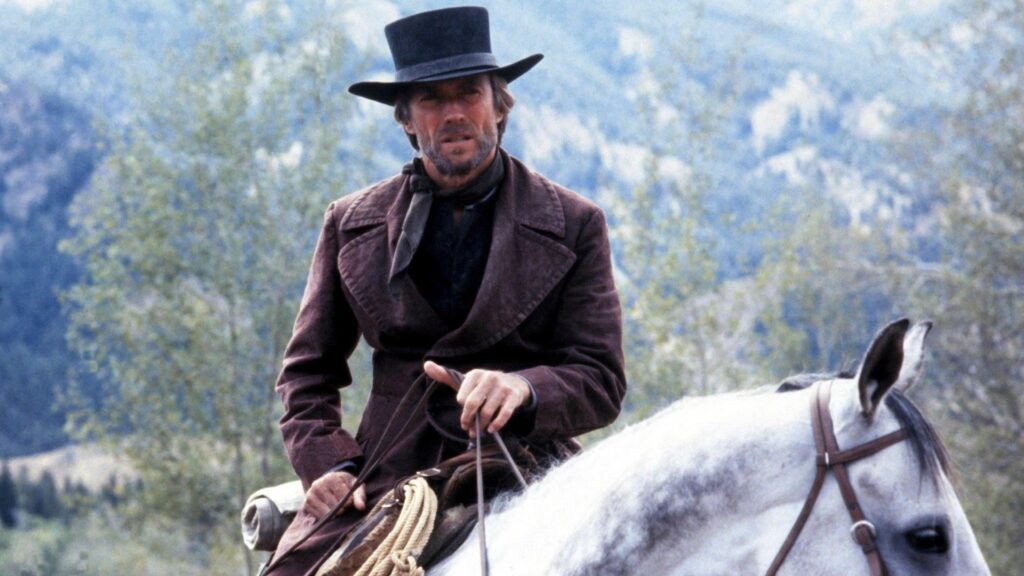
Clint Eastwood in Pale Rider (Photo/Warner Bros.)
Reception for Pale Rider
Pale Rider grossed $9.1 million on its opening weekend, finishing No. 1 at the box office.
The film would gross $41.4 million in its theatrical run.
Roger Ebert gave the film four out of four stars in his review.
Legacy
Pale Rider is a haunting and powerful Western that pays tribute to the genre’s rich history while carving out its own distinct identity. It’s a testament to Eastwood’s iconic presence and his skill as a director, creating a film that is both thrilling and profoundly thought-provoking.

